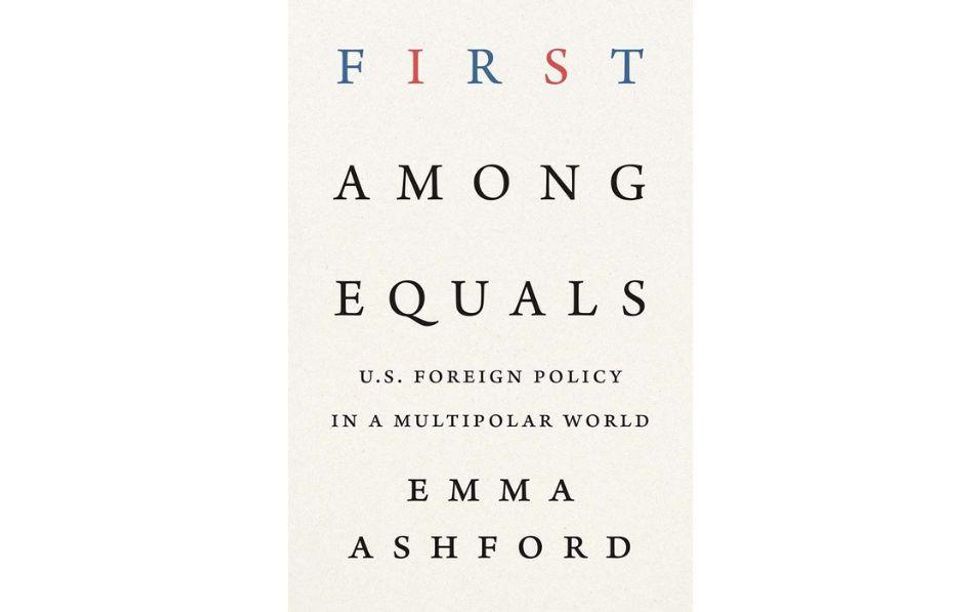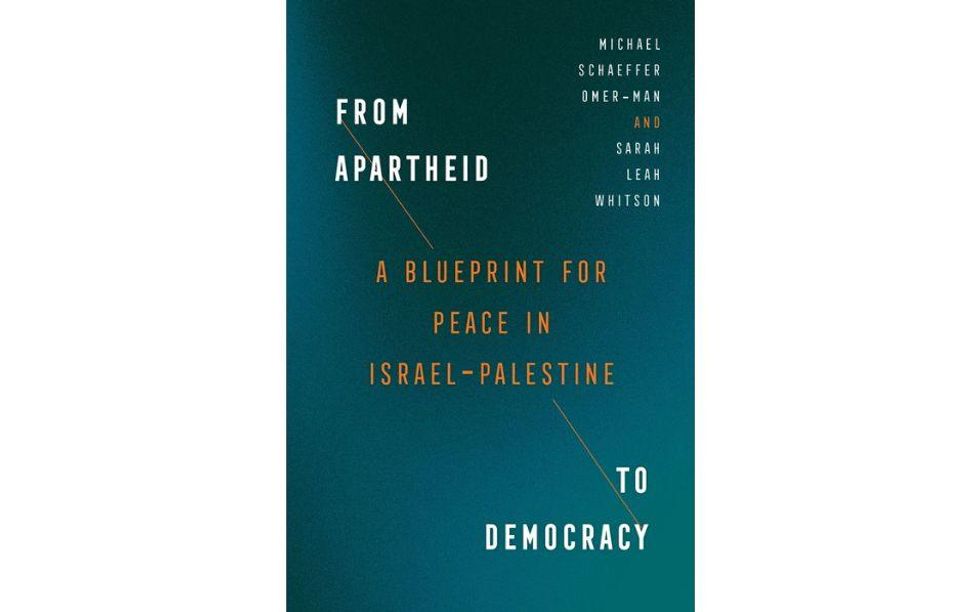Syria, Libya, Yemen . . . and now Sudan. Sudan has the unhappy potential to become the next of the intractable conflicts that have unfolded over the past decade. These multisided struggles involving a cocktail of militaries, militias, and mercenaries drag on year after year, producing destabilizing waves of refugees, flourishing criminal cohorts, and a plague of outside meddling. Explanations abound: neglect from the outside world, interference by the outside world, weak states, overpowered states, a need for military training, an excess of military training, and the perennial favorite of West-centric analysts: the historic legacy of . . . something. It doesn’t matter what is demonized: culture, religion, colonialism, or some other trait—the key is that chaos is attributed to vestiges of an undead past.
But what if the foreign policy imagination has been looking at these wars the wrong way? What if these wars can tell us more about the future than the past? Transformations emerge at the margins of systems, but are seldom recognized by those invested in existing paradigms. 19th-century leaders in Vienna, for example, dismissed nationalist movements as delusional, yet the nation-state replaced empire as the political norm within a few decades.
The frozen conflicts of today are similarly misunderstood. These wars aren’t vestiges of the past but portents of transformation.
The State is No Longer the Prize it Once Was
Negotiations repeatedly fail to end these conflicts because they remain fixed in 20th-century assumptions of power. Negotiators proceed by rounding up “principals” who are bribed or bullied into political compromise with opposing “sides,” and who are then expected to enforce the agreement within their “base” in return for a share in state access.
Every piece of this model is broken today. The assumptions that control of the state is the prize, that principals control subordinates, and that there are “sides” and not a constantly changing constellation of armed factions are all based on yesterday’s Weberian model of the state (centralized, with a monopoly on violence).
Let’s start with the reductionist portraits of “sides” and “principals” in the wishful thinking that passes for analyses. What appear on maps as political blocs (Islamists versus democrats, government versus opposition, national armies versus paramilitaries . . .) in reality are constellations of occasionally cooperating, more often competing, micro-militia warlords making better fortunes amidst the collapse of the state than they could realistically access with its return. Human trafficking, antiquities smuggling, kidnapping, and other illicit business thrives amidst the chaos. Humanitarian aid intended for civilians feeds conflict as well: roadblocks function like cash machines. The few marketing themselves as “principals” to the outside world pursue their own variety of graft. They score travel to peace conference venues, diplomatic swag like immunity for past crimes, and a façade of decorum that bolsters their political stock, yet these principals ultimately lack the ability to restrain their supposed subordinates. The problem is the radical collapse of hierarchical control.
For the last several centuries those who controlled territory had resources non-state challengers lacked that allowed them to fund, arm, and field militaries. This idea of the “gunpowder state” evolved over the centuries to include navies, air power, missiles, and the satellite technology that tied it all together across the planet. Weaker actors who couldn’t produce these tools themselves allied themselves with state sponsors who did.
That era officially ended on September 11, 2001. Osama bin Laden was the first to act on the realization that the new communications revolution freed small groups from the need to capture or ally with a state to act globally. He could raise and move funds, recruit cohorts with proselytizing videos and free media coverage of Al Qaeda attacks, and shop the black market to acquire the kinds of tools once reserved for states. Bin Laden’s model had its parallel in evolving criminal enterprises like drug cartels, piracy, or human trafficking, which had also once been dependent on state allies to coordinate and protect their enterprises. Emerging weapons like digital surveillance, Artificial Intelligence, and cyber and germ warfare will change the picture even more radically in the years ahead, as none require traditional bases of state power.
But what these actors also have in common is the tendency to fracture. Just as extremist or criminal organizations were freed from reliance on state sponsors, subordinates have been liberated as well. Confronted with criticism from Al Qaeda for his brand of violence, bin Laden ally Abu Musab al-Zarqawi chose not to conform but to launch his own brand, Al Qaeda in Iraq, precursor to ISIS. And beneath the apparent success of the ISIS “state” were a multiplicity of franchise militias. Criminal enterprises have also lost control over subordinates, driving ferocious competition and violence in places like Mexico, Haiti or Central America. These too are the frontiers of political innovation.
Peace negotiations of today fail because they are locked into assumptions of power hierarchies based on outdated visions of the centrality of the state and the belief that key actors control the landscape of violence by controlling access to resources. This strategy will be no more successful than the Global War on Terror’s repetitive drone strikes atomizing leader after leader even as terror organizations proliferate. The 21st century is a landscape of dispersed empowerment which will require new strategies for peacemaking.
Warlords and Corporate Raiders
Modern warlords are often depicted as the antithesis of the contemporary state ideal, but they can also be understood as the bastard offspring of the neoliberal mindset that has remade the state and security industry in recent decades. Why should we be surprised that warlords pursue profit with military tools theoretically reserved for the defense of public interests within the state? How different are they from the private military and security industries which have pivoted from providing extra military muscle for their own states to behaving like any other market-seeking business? They hire talent and pursue clients based on profit potential, not national interests.
Likewise, the weapons industry prioritizes its own bottom line when it lobbies for programs and policies that grow its own business, but maybe not the public good. The state hasn’t fared much better as a role model during the last thirty years as privatization in obeisance to capitalist efficiency gutted the idea of social good. Only the pieces of the state that can aid profits, such as the judiciary which can criminalize opponents, the laws that protect property and investment over local land and water rights, and trade and investment regulations that benefit distant investors over local production, survive.
Warlords, are the corporate raiders of conflict zones. They strip off the easy lucre and eschew the expense of public service. Why should we expect anything different?
The World After the Weberian State
The erosion of the gunpowder state and the state-centric system doesn’t necessarily sentence the future to chaos. The dispersal of power and the expanding frontiers of communication have benefits as well. New networks of transnational sympathy already shape human imagination and capabilities in disaster relief, human rights campaigns, environmental activism, and health initiatives.
Humans have reinvented social forms multiple times over the past millennia and our inability to imagine alternatives to the present system doesn’t mean they won’t emerge. Just a short two centuries ago genocidal eradication of inconvenient populations went unquestioned by the powerful, humans controlled other humans as property, and the right to devastate landscapes through exploitation was undisputed. Perhaps in the future we will look back at today’s disdain for distant lives with the same disbelief we reserve for those who practiced human sacrifice in the past.
This article has been republished with permission from Public i.
























